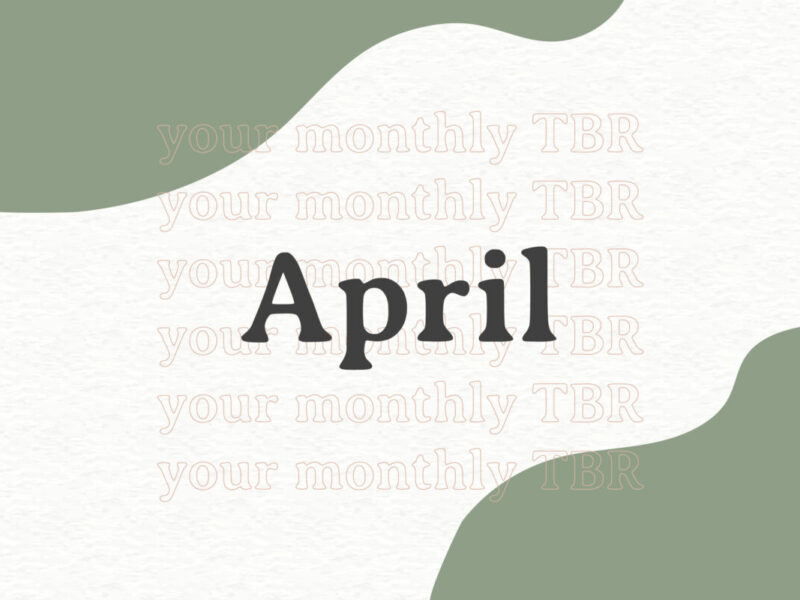4 Poetry Mantras to Start Your Morning
Words can excite us, ground us, give us hope, and serve as companions in challenging times. In particular, the growing popularity of poetry throughout the coronavirus pandemic showcases the deep need for the art form, as well as the comfort it can provide. This soothing effect isn’t just imagined—the research backs it up.
Studies show that literature can increase emotional intelligence and reduce loneliness, two major perks that can improve our daily lives. Beginning our day with a favorite poem can have the same powerful impact as other rituals, like prayer, meditation, or a yoga practice: It invites us to set intentions and open ourselves to the sacred. Here are five poems to turn to again and again, whenever you need support and inspiration.
1. “Grace” by Joy Harjo
Harjo is one of America’s most beloved poets, and it’s easy to see why: Her poems flourish with life, optimism, and resilience. However, “Grace,” doesn’t begin as a hopeful poem—rather, it chronicles a long winter intensified by hunger and isolation. Nevertheless, Harjo’s bold and relentlessly triumphant voice shines through, buoying the poem’s sense of loss with an underlying gentleness. Through this juxtaposition, and this ability to confront difficulties while looking ahead, Harjo achieves a heartfelt and genuine tone. It’s almost as if she channels the internal voice we use while comforting ourselves, or embodies the role of a close friend. Above all, Harjo’s poem emphasizes the healing nature of time.
“Like Coyote, like Rabbit, we could not contain our terror and clowned our way through a season of false midnights. We had to swallow that town with laughter, so it would go down easy as honey,” Harjo writes. “And one morning as the sun struggled to break ice, and our dreams had found us with coffee and pancakes in a truck stop along Highway 80, we found grace . . . I know there is something larger than the memory of a dispossessed people. We have seen it.”
2. “At Last the New Arriving” by Gabrielle Calvocoressi
When the present proves difficult, it can prompt us to look toward the future. Calvocoressi, winner of the Connecticut Book Award in Poetry, adopts this daydreamy tone in their poem “At Last the New Arriving,” which reads like the joyous exhale of a long-held breath, or the first good day in a series of disappointments. Each stanza ushers in a personal victory, creating a winded, rampant excitement that can be felt in the body. More than anything, the poem promises us that what’s ahead will be worth it.
“the city will open its mouth and cry / out. Don’t worry ’bout nothing. Don’t mean / no thing. It will leave you stunned / as a fighter with his eyes swelled shut / who’s told he won the whole damn purse,” Calvocoressi writes. “It will feel better than any floor / that’s risen up to meet you. It will rise / like Easter bread, golden and familiar / in your grandmother’s hands.”
3. “To the Fig Tree on 9th and Christian” by Ross Gay
National Book Award winner Gay illustrates an important point in “To the Fig Tree on 9th and Christian”: that ordinary life offers glimpses of the spiritual. Gay’s poem encapsulates daily routines as opportunities for connection, painting a walk through the city as an almost magical journey with a vibrant, overflowing cast of characters. The poem encourages readers to seek these moments of community and to recognize the beauty around them, no matter its surrounding grittiness. Overall, Gay takes the saying “a city is a lonely place,” countering it with the assertion that no one is ever truly alone, but part of a thriving, collective landscape.
“there is a way / the fig tree grows / in groves it wants, / it seems, to hold us,” Gay writes of his environment. “. . . we are feeding each other / from a tree / at the corner of Christian and 9th / strangers maybe / never again.”
4. “How Happy is the Little Stone” by Emily Dickinson
Like many of Dickinson’s poems, “How Happy is the Little Stone” focuses on small, interior details, relishing in its own playfulness and quiet musicality. Yet the poem—which personifies a stone lying in the road, imagining its emotional state—reflects surprisingly large, universal themes through this approach. Dickinson asks humanity to adopt the mindset of nature, shrugging off worry in exchange for tranquil acceptance.
“How happy is the little Stone / that rambles in the Road alone / And doesn’t care about Careers / And Exigencies never fears,” Dickinson asks us to consider. “. . . Fulfilling absolute Decree / in casual simplicity.”
Carry the energy and emotion of poetry throughout the rest of your day with these suggestions on how to make poetry part of your daily routine.




